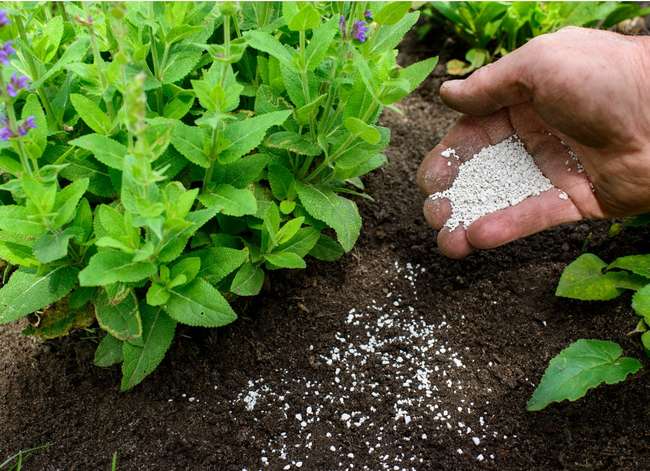

We may earn revenue from the products available on this page and participate in affiliate programs. Learn More ›
Home Advice You Can Trust
Tips, tricks & ideas for a better home and yard, delivered to your inbox daily.
By signing up you agree to our Terms of Service and Privacy Policy.
Plants need proper nutrition.

Planting a garden and watching it thrive is one of the sublime joys of life. It takes time, energy, patience, and knowledge to find success. Success is the biggest factor that determines whether or not many of us will continue gardening. It all comes down to giving the plants what they need.
Among other things, plants need the right kinds of food, in the right quantities, at the right time. When they get it, they can grow well, withstand pests, and resist diseases. On the other hand, poor plant nutrition causes stress that leads to a host of problems. It’s the same with houseplants, lawns, vegetable gardens, or any other setting. Nutrition is a critical element of plant health.
But there’s more to plant nutrition than simply fertilizing when we happen to think about it. Some well-meaning gardeners avoid using fertilizer. Others feed their gardens on a regular schedule. Both habits, and others, can lead to problems. Read on to learn more about the mistakes that most gardeners make and how to avoid them.
Over Fertilizing
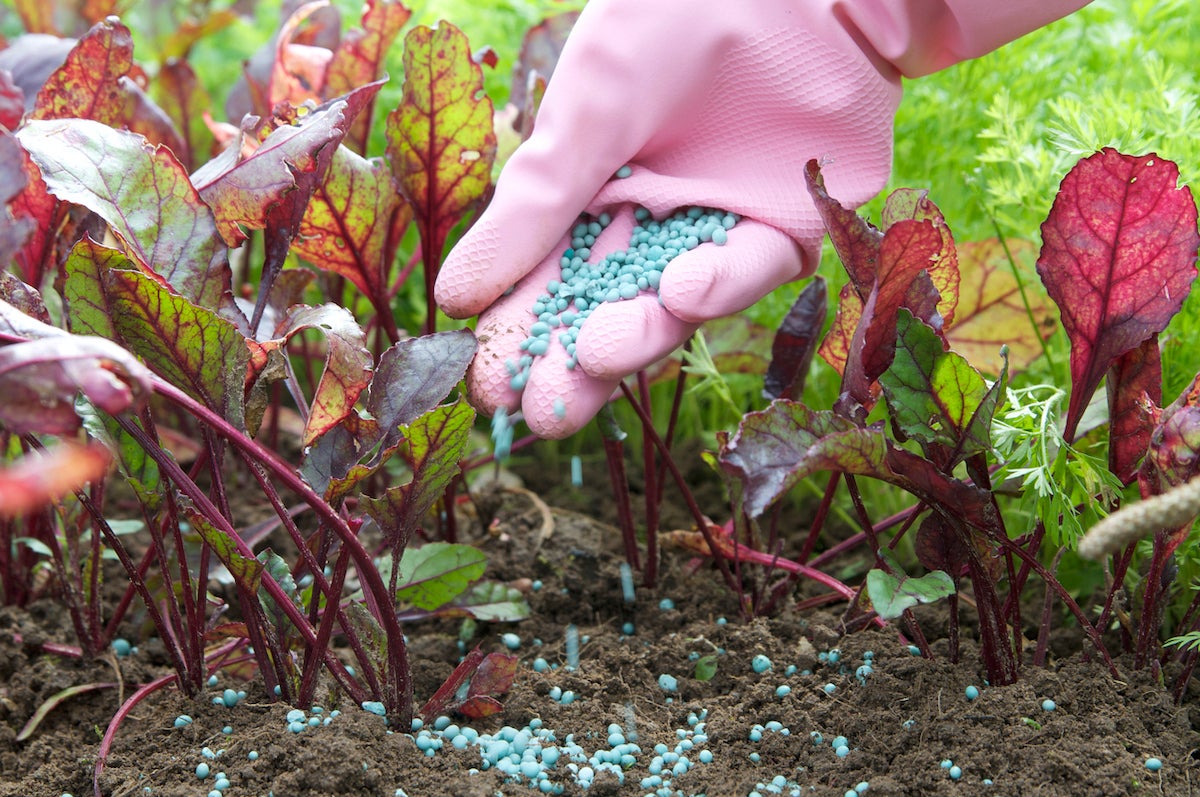
Too much of a good thing can be harmful—or deadly. In mild cases of over-fertilization, plants exhibit excessive green growth. It may look good at first, but all this soft growth is susceptible to attack by sap-feeding insects like aphids, spider mites, and others. In more severe situations, plants may exhibit wilted, yellow leaves with brown margins. This is called fertilizer burn, and it could be deadly.
Do not fertilize plants that are suffering from drought or other stress factors. Always follow the directions and precautions on the product label.
Under Fertilizing
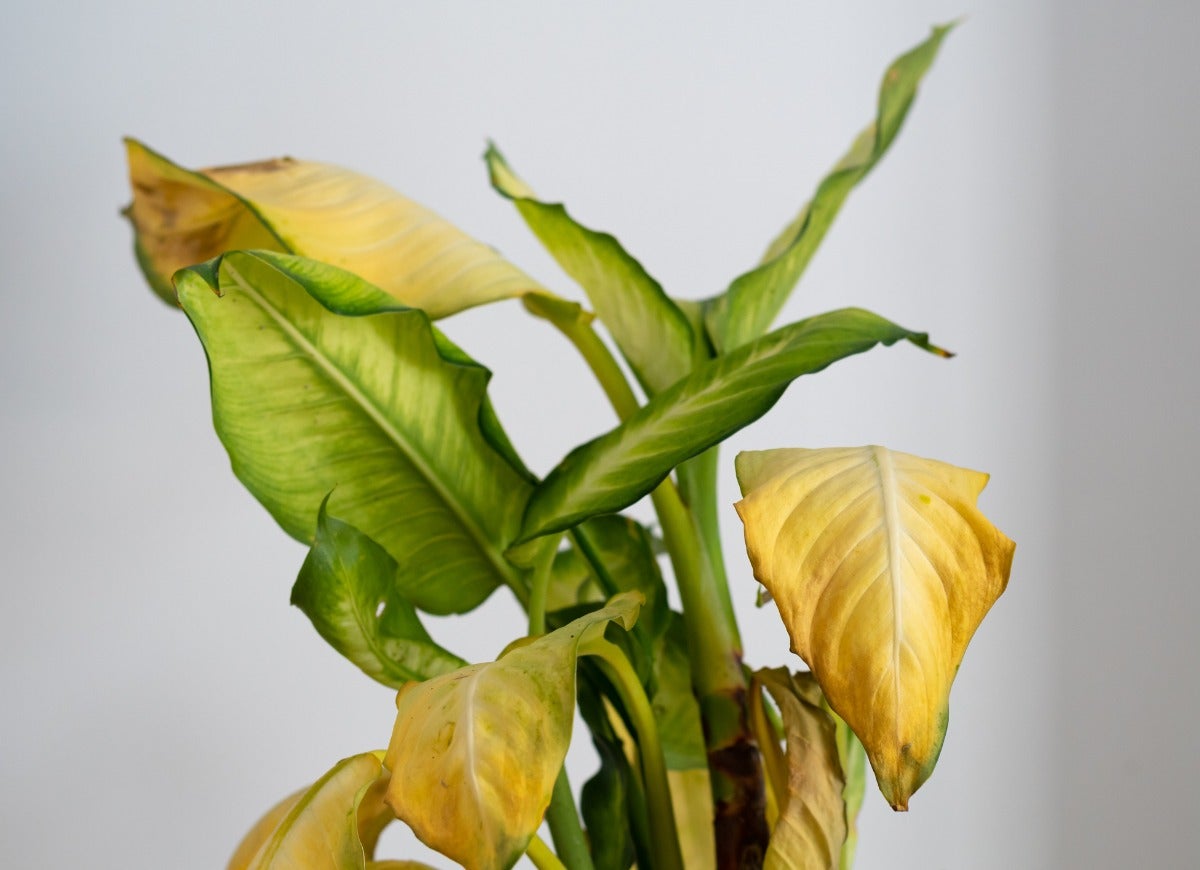
Nitrogen is the most volatile plant nutrient and the one most often lacking in soil. It stimulates leafy growth, which allows the plant to feed itself. Phosphorus and potassium, the other two macronutrients, promote healthy roots, flowers, fruits, and the biological processes that happen within plant cells. Nutrient starved plants appear yellowish, stunted, and weak.
Test the soil to find out what is lacking. At least once per year apply a fertilizer that contains nitrogen, phosphorus, and potassium.
Using the Wrong Kind of Fertilizer
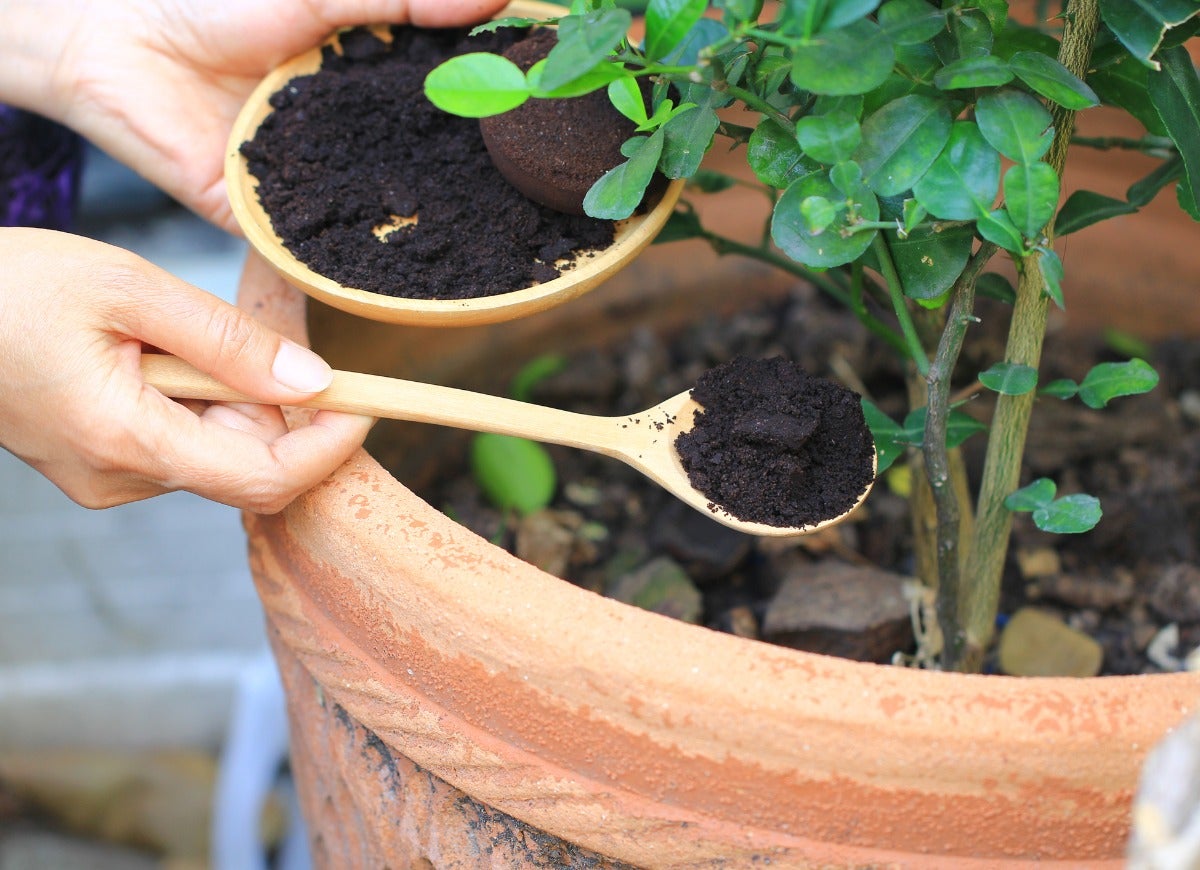
Every fertilizer caters to a specific purpose indicated by the name of the product and the nutrient ratios. For example, using high nitrogen lawn food on tomato plants leads to lush foliage and no tomatoes. Applying 10-10-10 on a lawn can lead to nitrogen deficiency or buildup of phosphorus, leading to iron deficiency. Also, bear in mind that liquid fertilizer feeds and dissipates quickly, while organic and slow-release products provide a long, slow feed.
Consider the time of year and the needs of the plant before fertilizing. Choose a product that makes sense for the season and plant at hand.
Too Much Focus on N-P-K
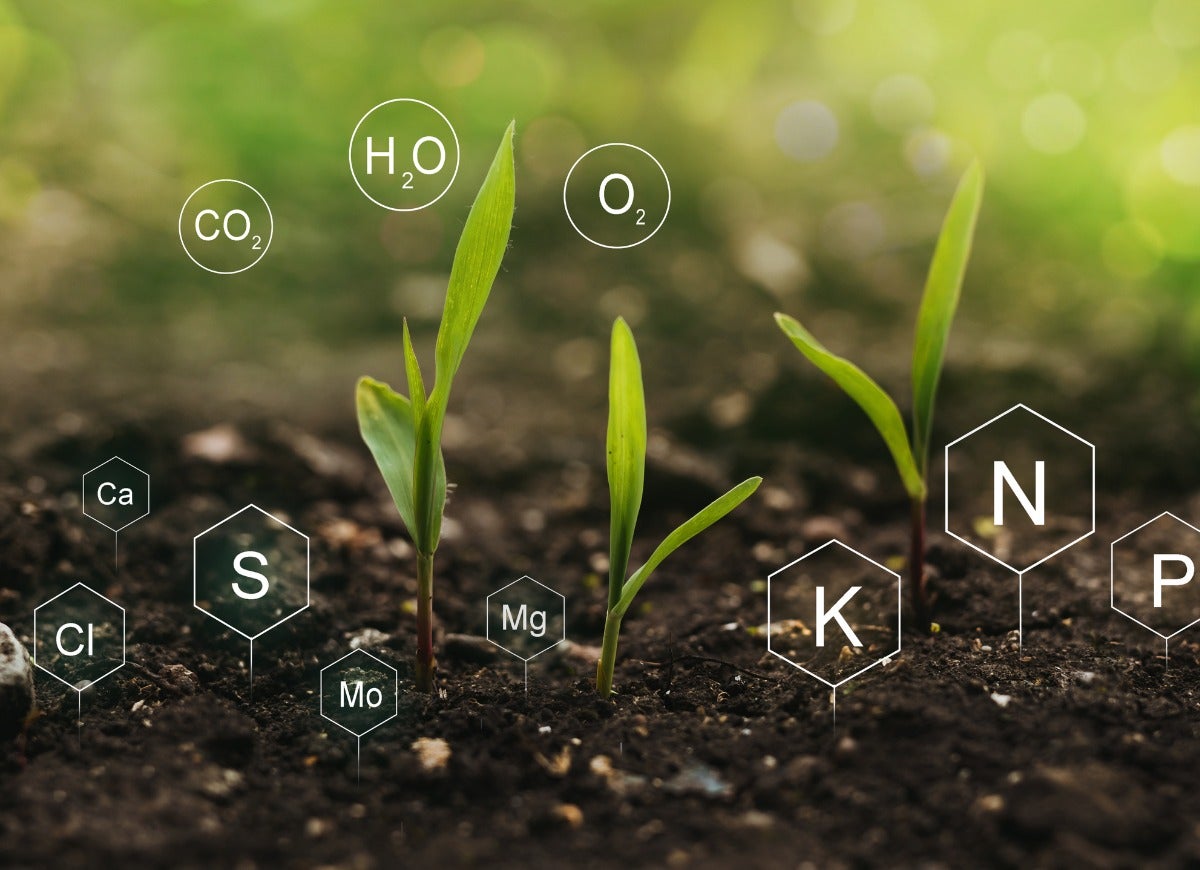
The “macronutrients” get lots of hype because they are the ones that plants use in the greatest quantities. But dozens of micronutrients play crucial roles in plant health and development. If any of those are lacking, giving the plant more N-P-K alone will not solve the problem. Periodically test the soil to find out what is lacking.
Many over-the-counter soil test kits test only for N-P-K. For an accurate, detailed report that includes both macro and micronutrients, as well as pH and organic content, have your soil professionally tested. The Cooperative Extension Service typically returns test results within six weeks. You’ll receive a detailed analysis and excellent advice on improving your soil.
Ignoring pH
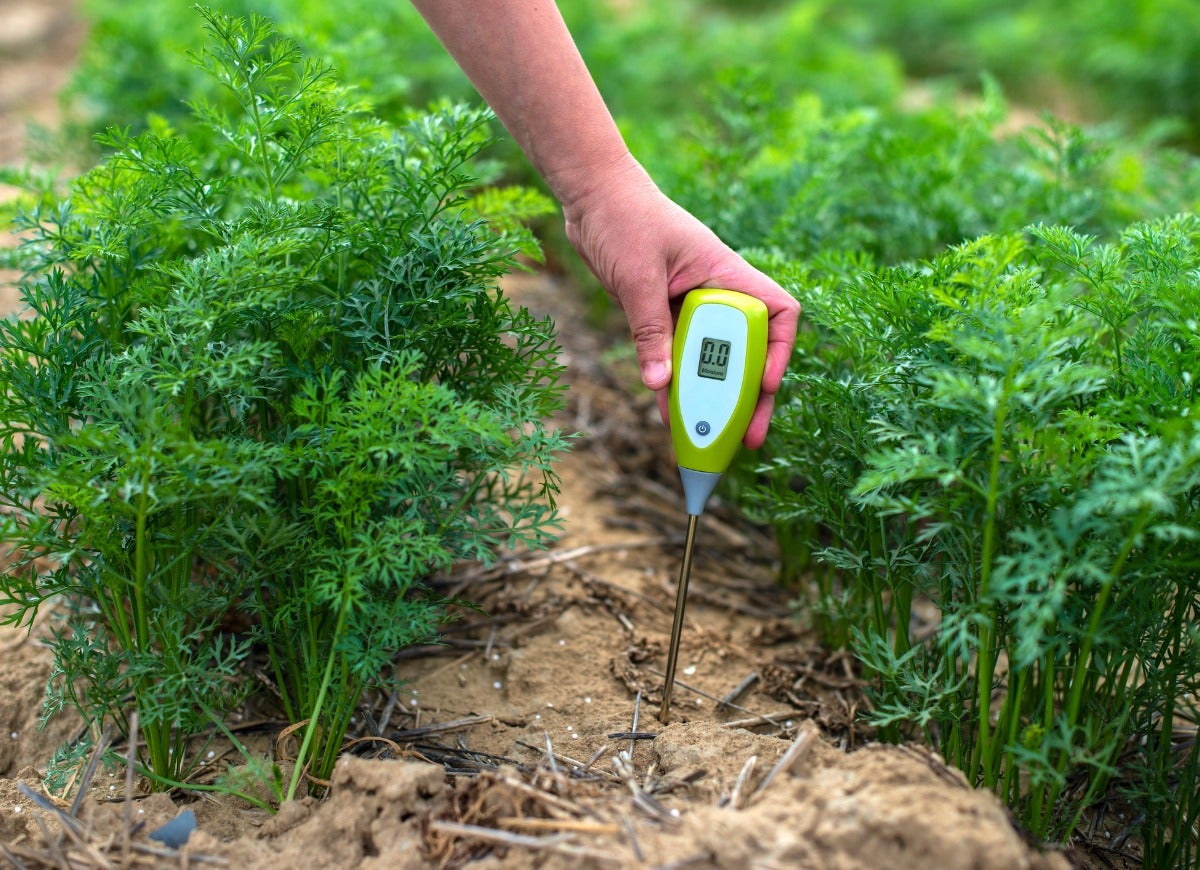
Soil acidity, or pH, plays an important role in the way that plants use fertilizer. Each plant type is adapted to live within a certain pH range. Within their ideal range, plants can use nutrients efficiently. Outside of that range, they become less efficient at nutrient uptake.
When pH is off, the required nutrients may be present in sufficient quantities, but the plant exhibits signs of nutrient deficiency. In these cases, the correction is not fertilizing—but adjusting the pH. Lime raises the pH, while sulfur, aluminum sulfate, and iron lower it.
Poor Timing

Plants need nutrients as they head into growth mode. Waiting to feed them until after showing signs of stress or nutrient deficiency is a recipe for weak plants, insect infestation, and disease problems. It takes a little time for dry fertilizers to work their way into the root zone and then absorbed by roots.
In gardens, apply dry fertilizers at planting time or even a few days before planting seedlings. Feed lawns as they wake up in late spring. Supplement with liquid plant food at peak growth times. Do not fertilize dormant plants as the plant food will wash away before it is used.
Fertilizing Without Testing
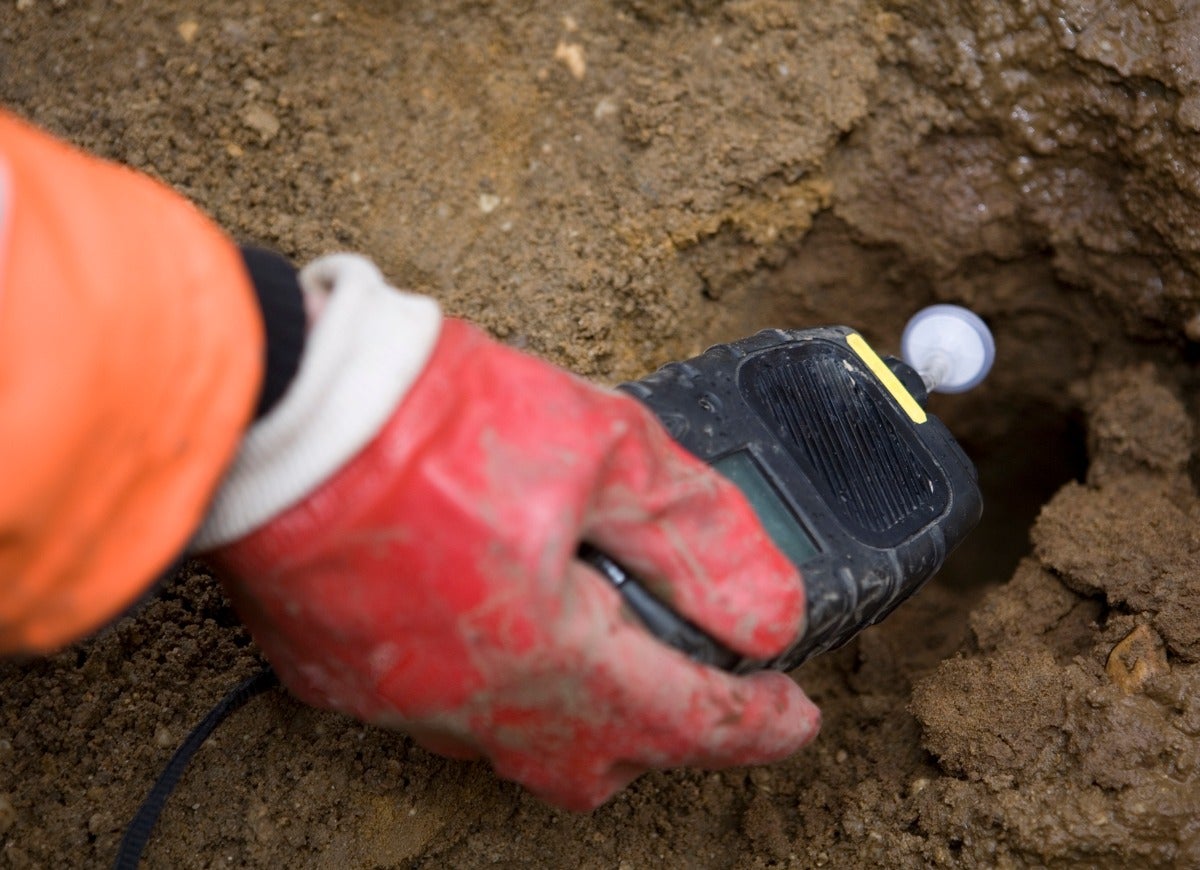
Growing a garden or caring for a landscape without periodic soil tests is wasteful. Fertilizing without test results is a guessing game. Waiting to fertilize until deficiencies appear often leads to unnecessary plant losses. It’s difficult to know the difference between true nutrient deficiency and pH problems without test results.
Have the soil professionally tested occasionally for a detailed analysis of the growing conditions, and to set a benchmark. Test frequently with over-the-counter soil pH tests and nutrient tests for regular monitoring. Use the knowledge you gain from soil testing to guide your fertility program for a healthier garden.

I Was Dead Set On Stone Floors—Until I Saw These Options
See how a virtual floor designer might just change how you envision your floors, as it did for this editor with her ongoing kitchen renovation.